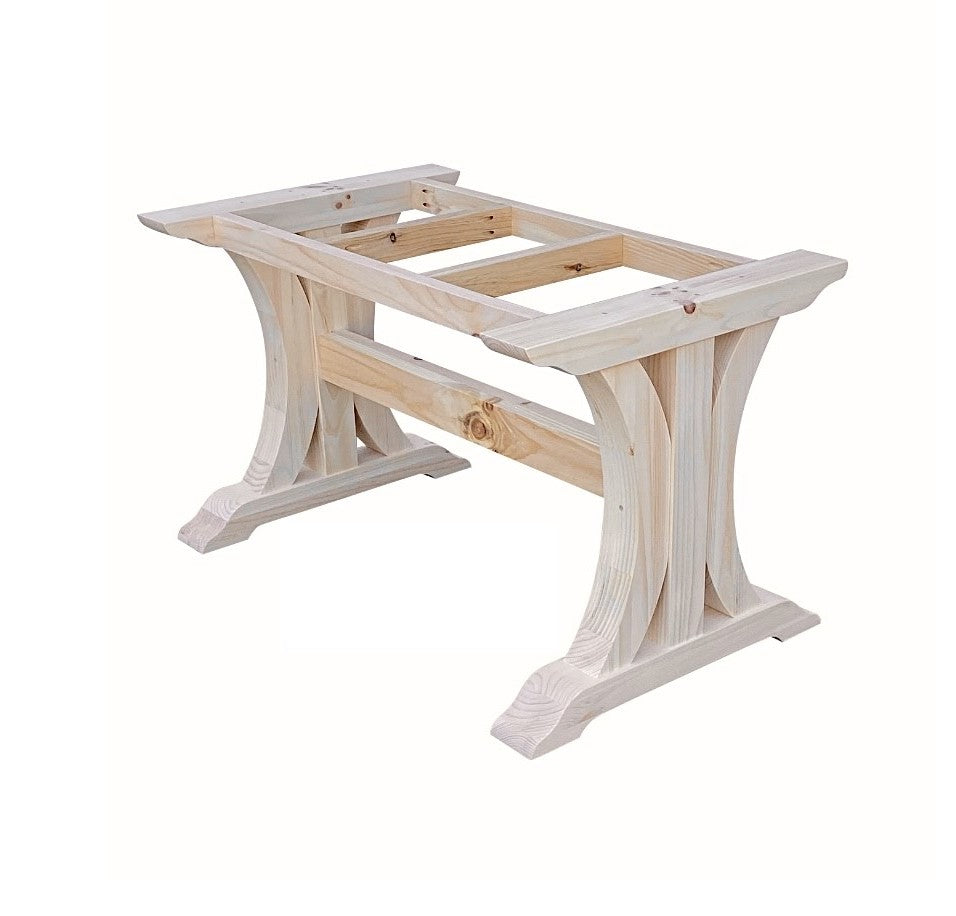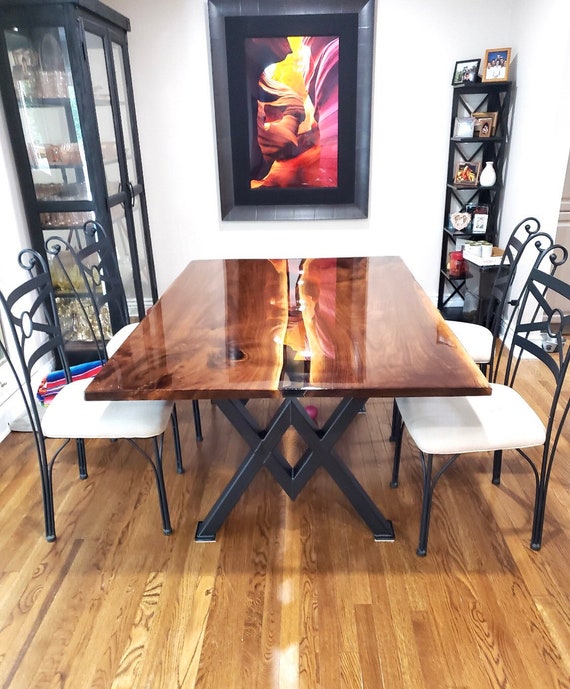From Typical to Modern: Discover the Ideal Eating Space Table Legs for Your Style
While timeless styles such as cabriole and transformed legs evoke a sense of classic sophistication, contemporary designs like barrette and geometric alternatives present a chance for striking aesthetic passion. As you consider these aspects, the inquiry continues to be: how can you perfectly incorporate these varied leg designs to develop an unified dining experience?
Recognizing Table Leg Styles
The selection of eating area table leg designs can dramatically affect both the visual appeals and functionality of the space. Each leg style contributes unique sensible attributes and aesthetic aspects, catering to diverse design choices and use requirements. Understanding these styles is essential for selecting the appropriate table that straightens with your general interior design vision.
As an example, conical legs provide a clean, timeless appearance that can improve a room's style, while stand bases offer stability and take full advantage of legroom, making them optimal for smaller rooms. Barrette legs, a hallmark of mid-century modern design, present a commercial style, permitting a ventilated, open feel. Trestle legs stimulate rustic appeal, giving durable support and a feeling of timelessness.
Wood legs can bring heat and appearance, whereas steel options commonly convey a smooth, modern vibe. Eventually, recognizing table leg styles is necessary for developing a cohesive dining area that mirrors individual style while guaranteeing usefulness and convenience.
Traditional Table Leg Options
When choosing dining-room table legs, traditional options typically personify timeless sophistication and craftsmanship. These styles mirror an abundant heritage and a commitment to quality, making them suitable for those that value classic aesthetic appeals.
Among one of the most famous typical leg designs is the cabriole leg, characterized by its graceful curved shape. This design typically features ornamental carvings and is most typically discovered in Queen Anne and Chippendale furniture. One more popular option is the turned leg, which boasts a collection of smooth, rounded forms that give a timeless appearance while keeping security.
Moreover, the straight leg, while basic, uses a unadorned and sturdy structure that can mix flawlessly with a range of tabletop styles. For those drawn to ornate detailing, claw-and-ball feet legs stimulate a feeling of majesty and can act as a sensational centerpiece in any eating room.
Finally, pedestal bases, although not purely legs, offer an alternative traditional alternative that permits for sufficient legroom and can be wonderfully sculpted. Each of these standard leg styles adds to the general ambiance of a dining-room, marrying feature with aesthetic allure.

Modern Table Leg Styles
Modern table leg layouts use a diverse variety of styles that highlight innovative materials and clean lines. These styles often prioritize functionality while functioning as striking focal factors within a dining space. Minimalist visual appeals prevail, with legs crafted from materials such as metal, glass, and engineered timber, which contribute to a contemporary and ventilated feeling.
One prominent layout is the barrette leg, identified by its slim, conical framework that gives security without overwhelming the tabletop (dining room table legs). This design is frequently located in mid-century contemporary furnishings and can effortlessly enhance various table shapes. One more fad is making use of geometric shapes, where legs might tackle angular or unbalanced kinds, adding visual interest and a touch of creativity

Mixing Styles for Unique Spaces
Frequently, property owners seek to create unique eating areas that show their personal design by mixing various design components. This technique enables the incorporation of varied looks, leading to a harmonious yet distinctive setting. Matching a rustic wood table with smooth, modern steel legs can create a distinctive comparison that elevates the space's overall charm.
Additionally, incorporating vintage table legs with contemporary table tops can evoke a feeling of history while preserving a modern perceptiveness. Such combinations not just display private preference but additionally encourage his comment is here creative thinking, allowing home owners to curate a space that really feels both individual and inviting.
Shade plays a vital role in this blending procedure; selecting table legs that enhance or contrast with the existing color pattern can enhance visual passion. As an example, whitewashed legs can soften the daring of a dark table surface, producing a well balanced aesthetic.
Tips for Picking the Right Legs
Selecting the right table legs is necessary for attaining both performance and visual allure in your dining space. Begin by thinking about the total design of your room. Conventional setups gain from legs that include intricate carvings or turned styles, while modern rooms might ask for sleek, minimalist styles.
Next, evaluate the elevation and informative post security of the legs. dining room table legs. Typical dining tables range between 28 to 30 inches in height, so guarantee important link the legs match this measurement for comfort. Furthermore, robust materials, such as hardwood or metal, can improve stability and durability
Examine the leg form as well-- alternatives consist of right, tapered, or stand layouts. Straight legs supply a timeless appearance, while conical legs can include a touch of style. Pedestal bases give enough legroom and are ideal for smaller rooms.
Verdict
In recap, picking the excellent dining-room table legs needs cautious consideration of both traditional and modern designs. Standard choices such as cabriole and turned legs supply classic sophistication, while contemporary layouts like barrette and geometric forms supply a contemporary touch. By harmonizing leg design, elevation, and material with the overall décor, a natural and welcoming atmosphere can be attained. Inevitably, the selected table legs should mirror the preferred aesthetic, boosting the dining experience within the room.
The selection of dining area table leg styles can significantly affect both the visual appeals and capability of the area. Inevitably, comprehending table leg designs is vital for developing a cohesive eating location that shows individual design while guaranteeing usefulness and comfort.One of the most legendary traditional leg designs is the cabriole leg, identified by its graceful rounded form. Straight legs offer a traditional appearance, while conical legs can add a touch of sophistication.In recap, selecting the suitable eating room table legs needs mindful consideration of both conventional and modern-day styles.